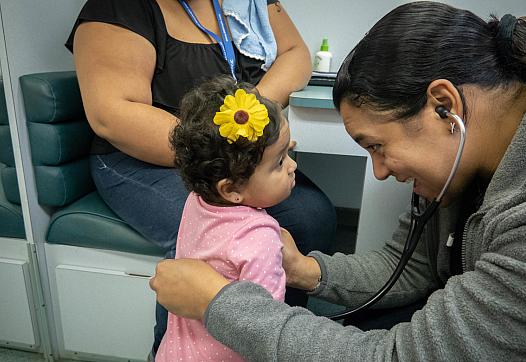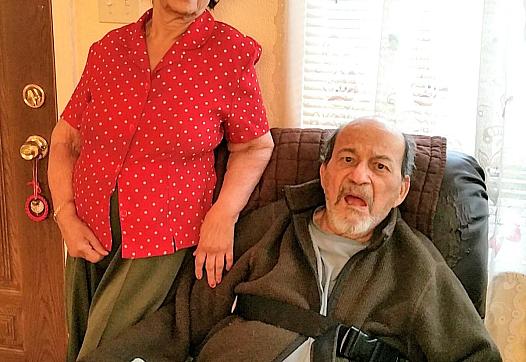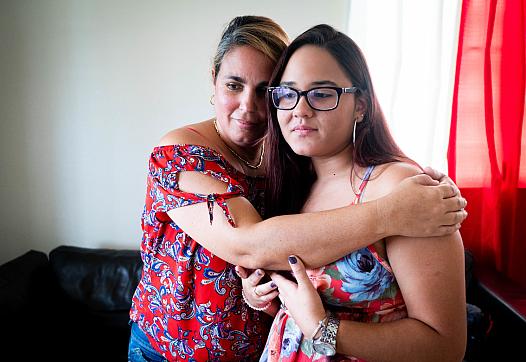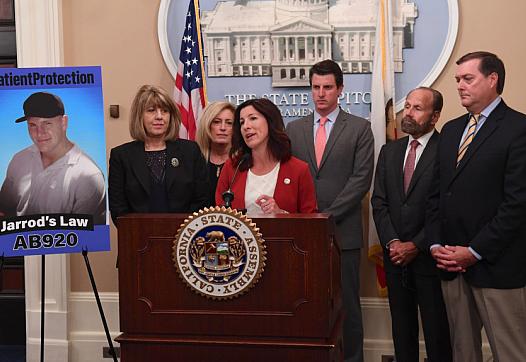This story was produced as a project for the 2018 Data Fellowship.
Every day Wendy McEntyre gets a call from parents who have lost children in addiction treatment in California. She wants to see more accountability in a system that’s operating with little to no oversight, with deadly consequences.

A story of why it pays to keep analyzing the data, even if it isn’t cooperative at first.

"As fellow news junkies, we talked about the increasing number of cases we reported on a daily basis about women dying from cosmetic surgeries in Florida, and people who were arrested for not being actual doctors."

Three days after Hurricane María, Isolina Miranda stared in disbelief at what was left of the two-story building where a community health center once stood in the heart of San Lorenzo, a town in Puerto Rico.

Discomfort with end-of-life care discussions is not uncommon among many older immigrants in the United States.

How Congress and the White House refuse to fund health care to the hurricane-ravaged island’s desperately poor.
Childhood obesity is a particularly difficult public health problem because if left unchecked, it will lead to many significant medical issues later in life.

Six months after the storm, Saturnino Figueroa Montes, 64, spent two weeks fighting something doctors couldn’t diagnose after conducting multiple tests. A retired carpenter of Mamey, a rural neighborhood in Patillas, he went into cardiac arrest after he was hospitalized.

This series was produced with the support of the USC Annenberg Center for Health Journalism Impact Fund....
